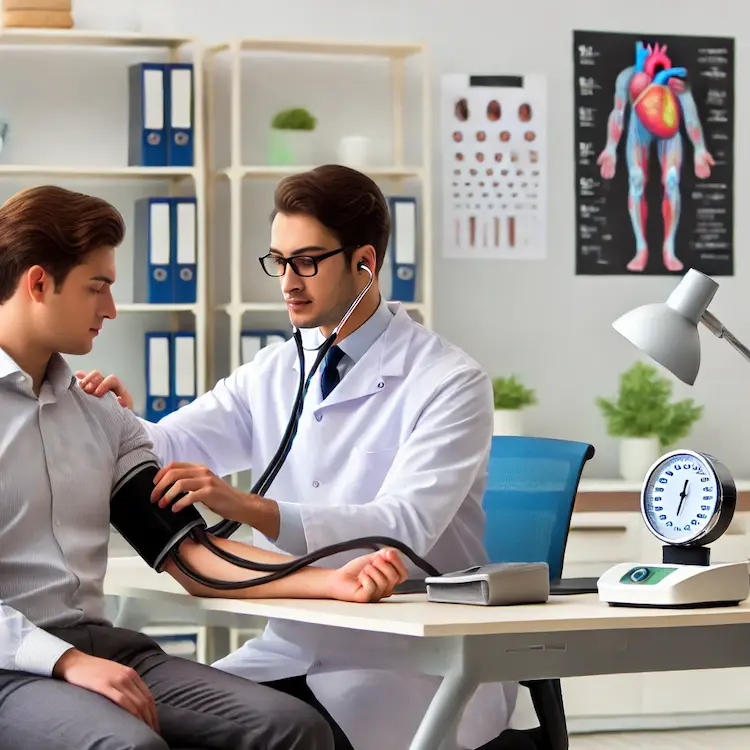Accurate blood pressure measurement is a cornerstone of modern healthcare, playing a critical role in diagnosing and managing cardiovascular diseases. Despite its importance, inaccuracies in blood pressure monitoring remain common, often due to inadequate training or improper techniques. This article delves into the importance of training and certification, the available methods and tools, and their broader implications for health and society.
Importance of Accurate Blood Pressure Measurement
Blood pressure (BP) is a vital sign that reflects the force exerted by circulating blood on artery walls. Errors in its measurement can lead to:
- Misdiagnosis: Mistaking normal BP as hypertension or vice versa.
- Inappropriate treatment: Unnecessary medication or overlooking severe conditions.
- Compromised patient trust: Repeated measurement errors damage professional credibility.
The Role of Training and Certification
Why Training Matters
Proper training ensures:
- Adherence to standardized protocols.
- Reduction in user errors such as cuff misplacement or patient positioning.
- Familiarity with device calibration and maintenance.

Certification Programs
Training for Blood Pressure Measurement ensure that healthcare workers meet established competency standards. Prominent certifications include:
- American Heart Association (AHA) Certification: Focuses on manual and automated BP measurement techniques.
- European Society of Hypertension (ESH) Certification: Specializes in training professionals to identify white-coat hypertension or masked hypertension.
- American Medical Technologists (AMT) BP Certification: Emphasizes outpatient monitoring skills.
Tools and Methods
Blood pressure can be measured using various tools and methods. Here’s a comparison of the most common ones:
| Method | Advantages | Limitations |
|---|---|---|
| Manual (Auscultatory) | Gold standard for accuracy, cost-effective | Requires significant training, time-intensive |
| Automated Devices | Easy to use, suitable for home monitoring | May provide inconsistent readings without calibration |
| Ambulatory Monitoring | Tracks BP over 24 hours, detects fluctuations | Expensive, less accessible to general population |
| Wearable Devices | Convenient for continuous monitoring | Limited accuracy, not yet widely validated |
Practical Tips for Accurate Measurement
Pre-Measurement Preparation:
- Avoid caffeine, exercise, and smoking 30 minutes before measurement.
- Ensure the patient rests for at least 5 minutes.
Proper Technique:
- Use the correct cuff size.
- Position the arm at heart level.
- Avoid talking during the measurement.
Device Maintenance:
- Regularly calibrate devices.
- Replace worn-out cuffs or batteries promptly.
Standardization:
- Always record multiple readings.
- Use validated devices that meet international standards like ISO 81060-2.
Societal and Health Impacts
Inaccurate BP readings have far-reaching implications, including:
- Economic Strain: Misdiagnoses can lead to unnecessary medical costs.
- Public Health Burden: Undetected hypertension is a leading cause of stroke and heart attacks.
- Global Disparities: Lack of access to certified training and reliable tools widens the healthcare gap.
Key Takeaways
- Accurate training for blood pressure measurement is crucial for effective diagnosis and treatment.
- Comprehensive training and certification programs enhance competency among healthcare professionals.
- Choosing the right method and maintaining devices ensure precision and reliability.
- Investing in education and resources for BP measurement can significantly improve global health outcomes.


